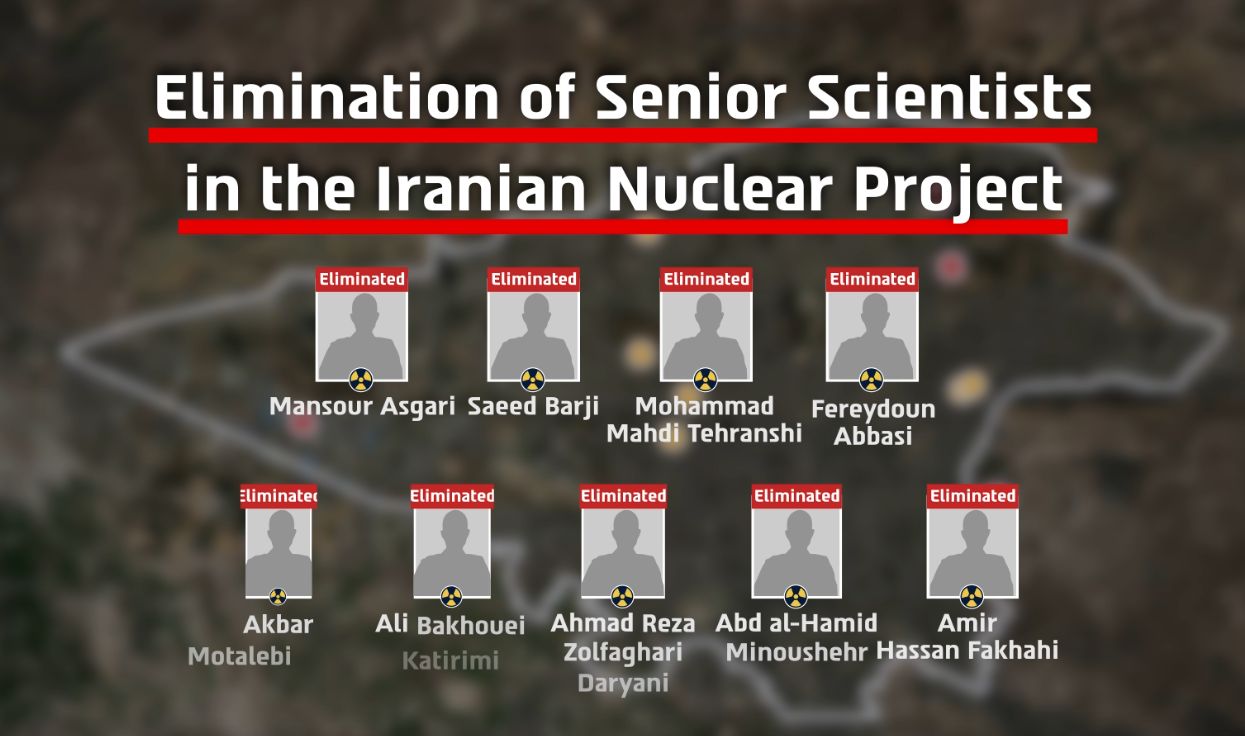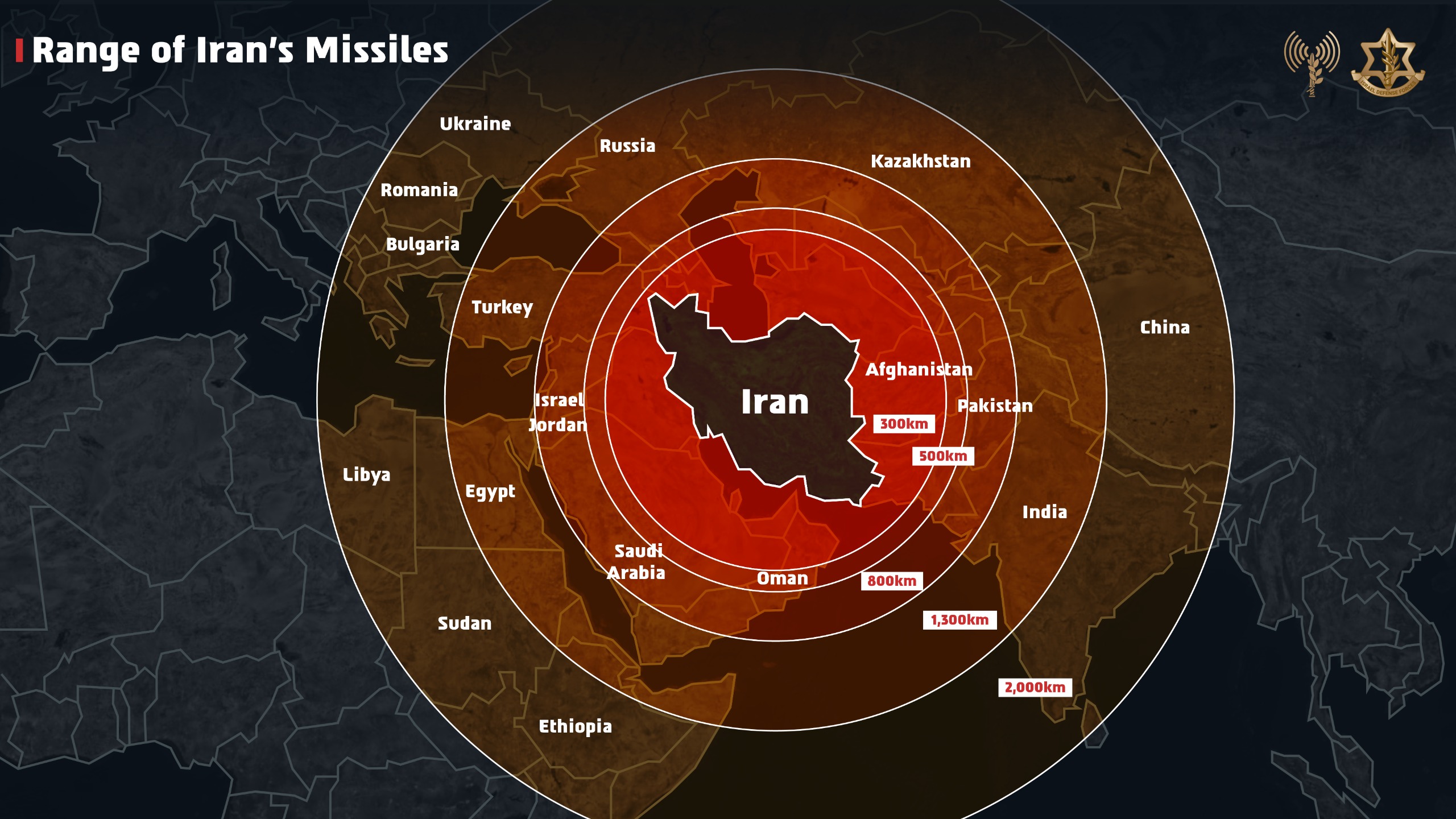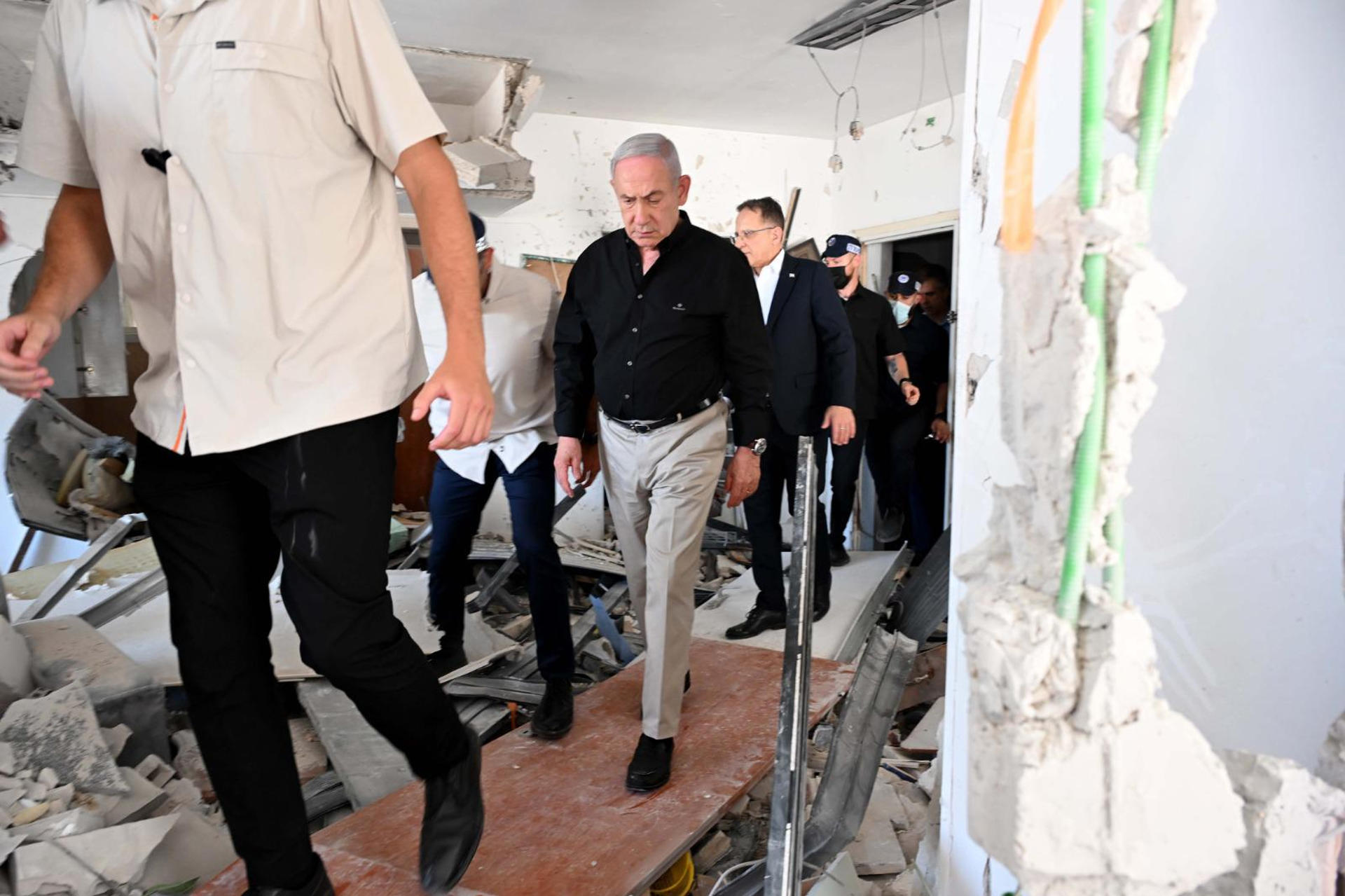Nuclear facilities, military bases, and weapons manufacturing centers: These are Israel's targets in Iran.

Barely beginning its military campaign against nuclear and strategic military targets of the ayatollah regime in Iran, Israel emphasized that through its attacks, it was carrying out a defensive operation to put an end to what it considers an "existential threat" being prepared against it by Tehran.
In this context, it broadly attacks four types of targets: facilities that serve the nuclear program at different levels, everything related to ballistic missiles, anti-aircraft defense systems, and various strategic military targets.

Air defenses dismantled by Israel Photo: Israel Defense Forces Spokesperson
Among the planned objectives, no points are established with civilians; however, according to the country's Ministry of Health, 224 deaths and more than 1,000 injuries have been recorded in Iran so far, the majority, it claims, of civilians.
Already in the first days of the war, this was summed up by Brigadier General Effie Defrin, spokesperson for the Israel Defense Forces.
“The growing threat is composed of three components: The first component: The Iranian regime is moving steadily toward a nuclear bomb. We are now revealing for the first time that intelligence indicates the regime has established a secret program. As part of this program, high-level Iranian nuclear scientists have conducted clandestine experiments to develop all the components necessary to build a nuclear weapon. This constitutes unequivocal evidence that the Iranian regime is working to obtain nuclear weapons in the near future,” he emphasized.

Iranian command line eliminated by Israel. Photo: Israel Defense Forces Spokesperson
Visiting the city of Bat Yam on Sunday, where a missile struck early this morning, causing serious damage, killing five civilians and injuring numerous others, Prime Minister Netanyahu declared: “Imagine what would happen if Iran had nuclear power. And imagine what would happen if it had not 20,000 missiles to launch atomic bombs, but one. Just one. We will not allow that.”
Returning to the military spokesman, the issue of missiles is crucial. “The second component of the threat: The Iranian regime possesses thousands of ballistic missiles and plans to double and triple that number, recognizing that this constitutes a real threat against Israel. The number of missiles alone represents an existential threat.”

Israeli scientists eliminated by Israel. Photo: Israel Defense Forces Spokesperson
According to Israeli intelligence, Iran was planning a way to produce 300 high-powered missiles per month. The key thing to understand here is that the more they can fire at once, the greater the threat to Israel's missile defense systems.
It's not public knowledge how many batteries there are of the Arrow 2 and 3 systems (Jetz in Hebrew, Arrow in English), the most suitable for intercepting the heaviest missiles coming from Iran. It's safe to assume Iran doesn't know either. But its intention is to recharge the attacks as much as possible to make interceptions difficult and ensure there aren't enough batteries for everyone.

Range of Iranian missiles Photo: Israel Defense Forces Spokesperson
The issue of missiles is a threat in itself, even without nuclear warheads, and this is clear when you see the destruction caused by one hitting a building. But it is closely linked to the nuclear threat, since if Iran achieves nuclear power, it needs devices capable of carrying nuclear warheads.
In this regard, graphic material published by the IDF shows the scope of the missile threat—with or without nuclear warheads—far beyond Israel. This is why Israel emphasizes that the threat is global, although the proclamations of destruction are directed solely against the Jewish state. According to the published diagram, Iran already has missiles with a range of 2,000 km, capable of covering parts of Europe and Africa, which is further aggravated by its plan to develop missiles with a range of 4,000 km.

Smoke from an oil refinery rises over Tehran. Photo: EFE
To achieve these objectives of destroying the targets in question, a key point for Israel was to guarantee freedom of action in Iranian skies. After the first day of warfare, Commander-in-Chief Lieutenant General Eyal Zamir confirmed that air superiority had been achieved from western Iran—where most of the missiles are deployed—to Tehran.
Neutralizing systems capable of downing Israeli planes or drones attacking Iranian territory was essential for continuing the operation. Therefore, significant efforts have been devoted to this aspect, and Israeli freedom of action is notable, especially evident in recent days in the Tehran area.

Benjamin Netanyahu (center) visits the site where an Iranian missile hit a building. Photo: EFE
All this, in addition to a variety of strategic targets from the various branches of the Iranian regime's military apparatus, including Saturday's attack on a fuel plant serving the military industry.
Another key target group, which probably most reveals the level of Israeli intelligence, is the elimination of senior officials in the Iranian security establishment, including the Chief of Staff and the Chief of the Revolutionary Guards, as well as 14 nuclear scientists, whose minds held crucial knowledge for Iran's atomic plan.
Jana Beris - EL TIEMPO - Jerusalem
eltiempo





